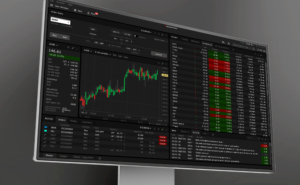Non-farm employment rose by 114k in July, considerably below the consensus forecast calling for a larger gain of 175k. Job gains in the two prior months were revised a bit lower, subtracting a combined 29k from the previously reported figures.
Private payrolls rose 97k, with most of the gains concentrated in health care & social assistance (+64k), construction (+25k) and leisure & hospitality (+23k). Government hiring slowed, but still added 17k jobs last month.
In the household survey, the labor force surged by 420k, while civilian employment rose by a more modest 67k – pushing the unemployment rate higher by 0.2 percentage points to 4.3%. Meanwhile, the labor force participation rate edged higher by 0.1 percentage points to 62.7%.
Average hourly earnings (AHE) rose by a modest 0.2% month-on-month (m/m) – a modest deceleration from June’s 0.3% gain. On a twelve-month basis, AHE ticked down to 3.6% (from 3.8% in June) – the slowest pace of wage growth in over three years.
Key Implications
The July employment report certainly came in on the softer side. Not only did payroll growth come in handily below expectations, but revisions to months prior showed a little less hiring momentum in the second quarter and the unemployment rate also continued to edge higher. This is consistent with other labor metrics including quit and hire rates, as well as the ratio of job openings to unemployed which are all at or below pre-pandemic levels. The softening in labor market fundamentals has been evident across a number of wage metrics, which are all quickly closing in on an annualized pace of growth that is more consistent with 2% inflation (after adjusting for productivity).
Given the softening in labor market fundamentals, a September cut is almost a guarantee. The labor market is no longer adding to inflationary pressures and waiting much longer risks pushing recent normalization dynamics too far in the other direction. Following the release of this morning’s report, the 2-Year Treasury slipped by over 20 basis points (bps) and markets have moved to price in over 100 bps of easing by year-end.









